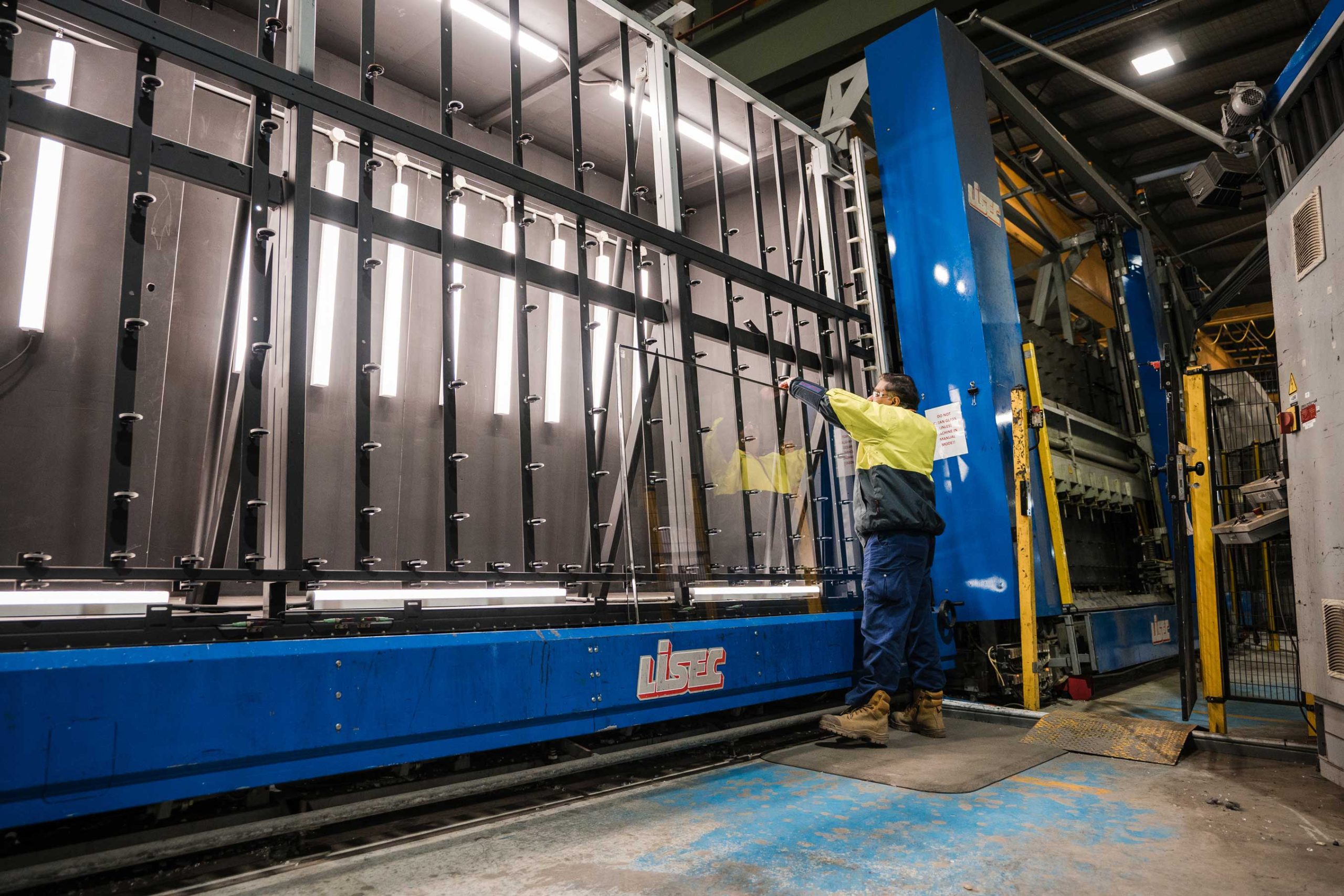Insulated Glass Units: Air vs Argon Cavities
In modern architecture and construction, thermal efficiency and comfort are at the heart of high performance glazing. One of the easiest design choices in double and triple glazing is the type of gas used in the cavity between glass panes. Understanding the science behind air vs. argon-filled cavities helps customers and specifiers make smarter decisions for comfort, energy savings, and long-term value.
What Are Air Cavities in Insulated Glass Units (IGUs)?
Insulated Glass Units (IGUs) are made up of two or more glass panes separated by a spacer, with the space in between sealed away from outside elements and filled – traditionally with air.
The cavity acts as a thermal barrier, reducing heat transfer between the interior and exterior environments. However, the insulation performance of this cavity can be further enhanced with the inclusion of inert gases like argon.
Air-Filled Cavities: The Traditional Standard
Dry air is the default fill for many IGUs due to its availability and low cost. It provides a basic level of insulation by creating a still layer that resists convection.
Pros:
- Cost-effective
- Freely available
- Easy to process
Cons:
- Lower thermal performance
- Higher U Values (more heat loss)
Argon-Filled Cavities: The High Performance Upgrade
Argon, a colourless, odorless inert gas, is about 30% less thermally conductive than air. When used to fill the cavity between glass panes, argon significantly reduces heat transfer, helping to maintain indoor temperatures and improve energy efficiency.
At Viridian Glass, argon-filled IGUs are often used in products that require enhanced performance, such as Viridian PerformaTech™, Viridian LightBridge™, Viridian ClimaTech™, and other double glazed offerings.
Benefits of Argon:
- Lower U Values: Improves insulation by reducing heat loss.
- Energy efficiency: Less reliance on HVAC systems, leading to reduced energy bills.
- Reduced condensation: Keeps the inner pane warmer, reducing the chance of condensation.
Air vs Argon: Performance Comparison
| Feature | Air-Filled IGU | Argon-Filled IGU |
|---|---|---|
| Thermal insulation | Basic | Superior |
| Cost | Lower | Slightly higher |
| Condensation control | Moderate | Better |
When to Choose Argon-Filled Glass
While air-filled IGUs suit many low-spec applications, argon-filled units are ideal for:
- Energy-rated homes (e.g., NatHERS 7 Star+ compliance)
- Commercial buildings targeting Green Star or NABERS ratings
- Areas with extreme climates
- High performance architectural designs
Choosing argon is a low cost investment in comfort, energy savings, and building sustainability.
The Viridian Advantage
Though not all product lines require argon, Viridian Glass offers tailored solutions depending on performance goals. Whether you’re working on a boutique home or a multi-level commercial facade, our team supports you with the right glazing configuration – balancing performance, aesthetics, and budget.
Final Thoughts
Air and argon may be invisible, but their impact on glazing performance is anything but. By understanding the difference, designers and homeowners alike can make informed choices that contribute to more comfortable, sustainable buildings.
For more guidance or specifications tailored to your project, explore Viridian’s range of high performance IGUs or get in touch with our expert team.
